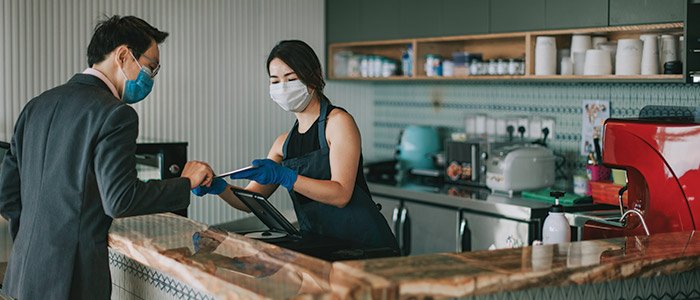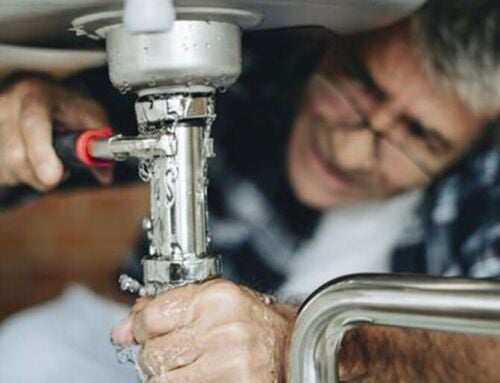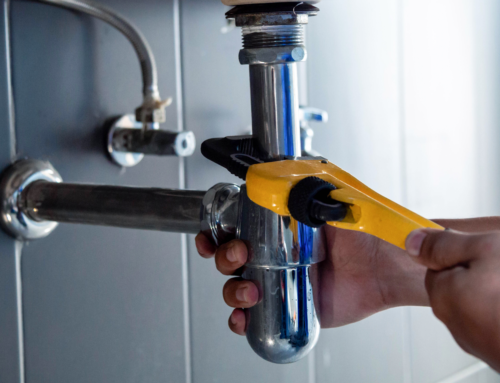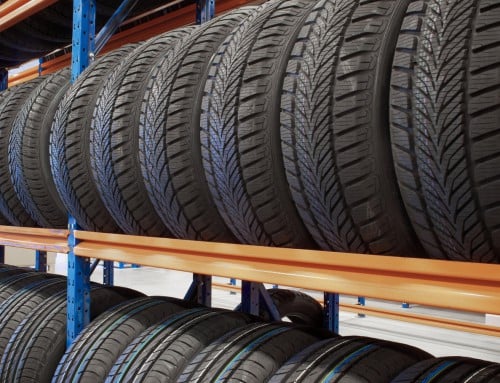As temperatures climb, Canadians are looking forward to patio season—but this year the restaurant experience will look a lot different with COVID-19 still circulating.
When shelter-in-place orders came into effect in mid-March, restaurants were forced to shut their doors. Many turned to delivery services and curbside pickup to survive. Fast-forward a few months later, and provinces are slowly starting to reopen non-essential services, including dine-in restaurants.
Each province and territory has its own plan for reopening restaurants and food services; Restaurants Canada’s Reopening Plans Tracker provides real-time updates on government announcements related to lifting restrictions. As cases decline, business owners are looking at best practices for reopening while keeping staff and customers safe.
Where to start when re-opening
Upon reopening, restaurant owners and food service operators should do “everything reasonably possible” to protect the health and safety of their workers and customers by providing information, training, sanitation and PPE, according to best practices for restaurants and food services by the Canadian Centre for Occupational Health and Safety (CCOHS).
Wherever possible, promote home delivery or curbside pickup and follow food safety precautions related to the temperature and storage of foods.
Clearly communicating any new practices and policies that will affect employees and the customer experience. For example, a restaurant may require reservations and limit the size of parties. Post these policies on your website and social media, as well as on the front door of your establishment.
What to do for dine-in
With summer approaching, customers are looking to get out of the house, sit on a patio or enjoy a meal in a restaurant. For dine-in experiences, here are some best practices.
Full-service dining: Consider a reservations-only business model to help space customers; remove seating in the waiting area and encourage parties to wait outside or in their car. For bar seating, stools should be placed six feet apart, or consider closing bar seating until the easing of physical distancing requirements.
Quick-service dining: Provide clear signage for ordering stations and pickup areas, including mobile orders, to encourage physical distancing. Provide more space between tables, limit the size of parties at each table, and ensure tables and chairs are frequently disinfected.
Self-service dining: CCOHS recommends discontinuing salad bars and buffets where diners use the same utensils. Self-serve stations should be modified to limit contact with other diners; utensils, straws, and stir sticks should be individually wrapped.
For dine-in experiences, restaurant owners may be required to rearrange their seating to accommodate physical distancing between parties, as well as promote physical distancing in aisles, lineups, and cash registers. Keep in mind that the size of parties can’t exceed restrictions set by public health authorities.
“Unless otherwise required by local authorities, redesign floor plans to demonstrate 50 per cent posted capacity or greater if floor plans can demonstrate required social distancing,” according to best practices by Restaurants Canada.
Where furniture can’t be removed to allow for physical distancing, mark certain tables as unavailable (perhaps every second table remains empty, for example). You might also want to consider temporary dividers if you have communal seating.
Restaurant owners should also remove ketchup bottles, salt and pepper shakers, sugar bowls, or other condiments on tables (or self-serve stations) and replace them with single-serving packets. Staff should thoroughly clean and disinfect tables and chairs between seatings. Health Canada has put together a list of approved disinfectants for use against SARS-COV-2.
Keeping employees safe
While some protocols may seem obvious, it’s important to train staff on how to serve food with the least amount of contact, which will benefit both staff and customers. Where possible, use technology to reduce interactions, such as mobile ordering, menu tablets, and contactless payments. Traditional menus will need to be disinfected after each use and paper menus will need to be thrown away after one use.
Servers should bring items such as glasses, cutlery, and single-serve condiments to the table only after the party is seated and avoid touching water glasses or coffee cups during refills. If staff can’t maintain a distance of two metres from other staff or customers, encourage the use of non-medical masks or face coverings.
Employees should stay home if they’re sick or exhibiting any COVID-related symptoms. Follow steps from the Public Health Agency of Canada for self-assessment.
Federated is here to help
While many are anxious to dine out again, it’s important to take active steps to protect workers and customers against the spread of COVID-19. For more resources about the pandemic and how to protect yourself and your business, visit our COVID-19 resources page.
To learn more about protecting your business, visit our business insurance page today.
This blog is provided for information only and is not a substitute for professional advice. We make no representations or warranties regarding the accuracy or completeness of the information and will not be responsible for any loss arising out of reliance on the information.






